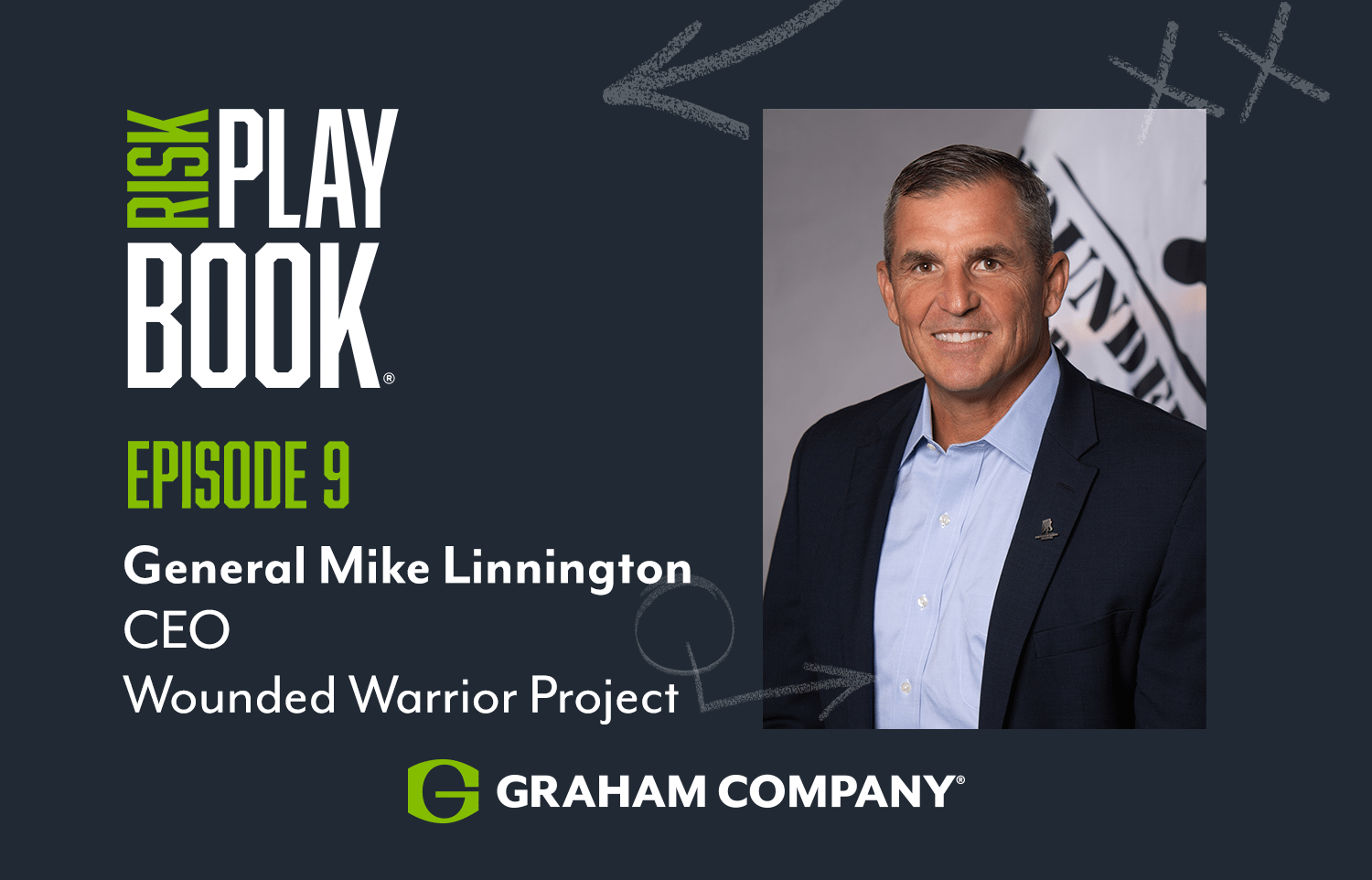Over your company’s lifespan, it is likely that you will change insurance carriers several times. In fact, you might switch insurance carriers five times in a ten year period. These changes can happen for a multitude of reasons including changes in exposures, mergers, company expansions, etc. This can present a challenge when analyzing insurance losses over a 5-10 year period. To overcome this, The Graham Company has developed a proprietary tool to aggregate clients’ loss data from various insurance carriers in an effort to more easily identify loss trends, potential risk factors, and ultimately, to implement tools and procedures to prevent losses.
You will never completely eliminate all claims, but if you can identify patterns over time and learn what is causing claims, you can implement processes and procedures to help reduce the likelihood of them occurring. For example, with Workers Compensation claims it is important to report work-related injuries within 1-2 days of an employee being injured. The amount of time between when an employee is injured and when the insurance carrier receives the claim is referred to as lag time. By analyzing loss data, you can determine your company’s average lag time and, if necessary, implement tools to make sure it is in the preferred range of 1-2 days. It may be as simple as a training issue. Unfortunately, the longer it takes to report a claim, the more expensive it can be in the long run.
Data analytics are also helpful when it comes to accountability. You can use the aggregated data to see which departments or locations are performing the best and which ones need improvement. Many companies implement bonus programs based upon safety and claims results.
We also recommend that our clients compare losses from one time period to another such as month-to-month or year-to-year. This helps to identify claims trends. For example, if your company recently hired a large number of people, it is understandable that your number of Workers Compensation claims may increase. However, if you have recently laid off part of your workforce, and claims are continuing to increase, that is a sign that something is wrong and needs to be addressed. By comparing payroll and/or the number of employees to the number of claims, you can identify problems and remedy them.
In the insurance industry, frequency tends to lead to severity. If you have a large number of claims and you are not implementing tools or processes to prevent them, eventually your company is going to experience a bad loss – one that could wind up being a multi-million dollar claim. Protect your company by working with a broker who can help aggregate and analyze your loss data so a minor problem does not turn into a catastrophic one.







